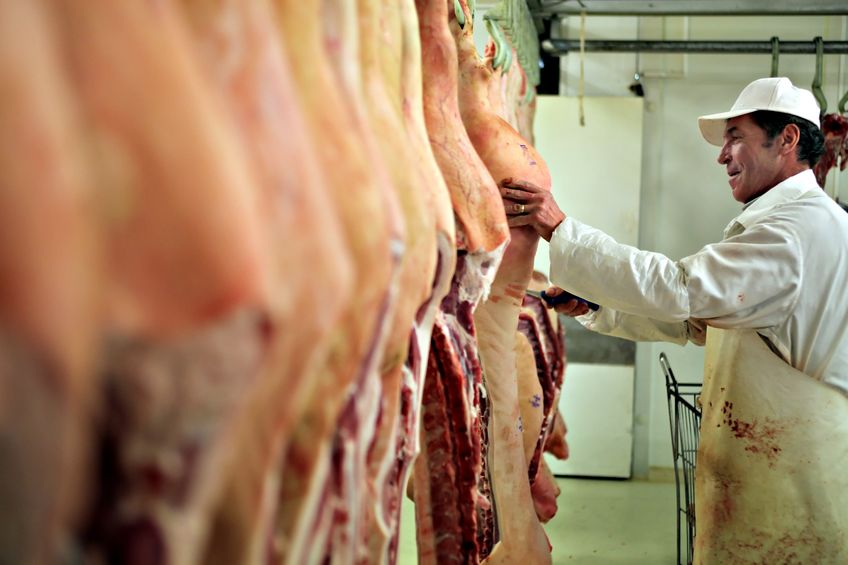
AHDB Beef & Lamb has urged the beef and lamb industry to share their views on the future of carcase classification, in particular the question of its effectiveness and relevance.
The industry is being asked to share its views on the EUROP grid.
The grid was introduced in the 1970's. The reason for its introduction was so that a uniform classifying system could be used throughout Europe.
It also meant that producers could be rewarded for supplying beef with the carcase classification that the market demanded. The carcase is assessed for conformation and fat; both are determined by a visual appraisal.
In recent years, the importance and relevance of the EUROP grid in communicating consumer and retailer demands has been challenged.
Laura Ryan, AHDB sector strategy director for Beef & Lamb, said: “With Brexit right around the corner, this is the perfect time to have an industry-wide discussion to assess the appetite for change in carcase classification and the key industry needs.”
“The beef and lamb sector has seen a number of changes in recent years and we want to make sure that, with a potential blank canvas in the pricing of cattle and sheep, that we help industry members have the opportunity to consider factors that are important to today’s supply chains and consumers.”
As part of the project, AHDB Beef & Lamb has also reviewed classification methods used globally, including those used by the US, Japan, South Africa, South America, Canada and Australia.
Views wanted
AHDB Beef & Lamb has listed questions for the industry to ponder over:
• Should elements of Europ remain, if so, what?
• Is there industry ambition to review both beef and sheep carcase evaluation?
• What additional elements could be considered?
• What other methods used have relevance to the UK?
• How should we avoid multiple systems to prevent confusion in a post-EU industry?
• What role, if any, should RPA or the government play?
• How and who is to manage pricing reporting?
Responses should be submitted by Friday 8 September to carcase@ahdb.org.uk
